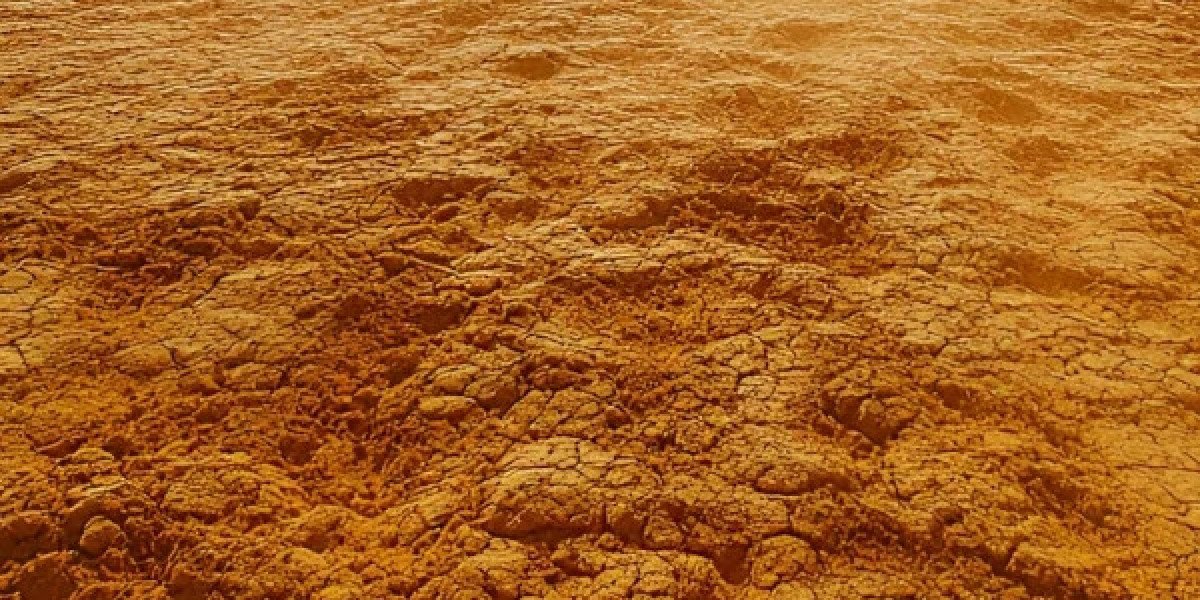foundation reinforcement and lifting project Observation is an indispensable part of building safety monitoring. It involves the systematic measurement of the vertical displacement of the foundation and structure of buildings under the action of gravity. Through the analysis of the observational data of the foundation reinforcement and lifting project, the settlement problem of the building can be detected in time, and corresponding measures can be taken to ensure the stability and safety of the building. The observations of the foundation reinforcement and lifting project are not only related to the safety of the building itself, but also involve the life and property safety of the occupants. Then, how should the foundation reinforcement and lifting project observations be carried out and what are the standards?
I. Standards for Observations of foundation reinforcement and lifting project
1. Instrument requirements:
High-precision indium steel level rulers or manganese steel rulers that are less affected by environmental and temperature difference changes should be used.
The accuracy of the level should not be lower than the DS1 level. For high-rise buildings or observations requiring higher precision, a more precise level may be needed.
2. Observation Time:
The time interval between two adjacent observations is called an observation cycle, and it must be carried out punctually in accordance with the observation cycle specified in the measurement plan.
The length of the observation period should be determined based on the type of foundation soil and the magnitude of settlement rate. Generally, it is observed 3 to 4 times in the first year, 2 to 3 times in the second year, and once a year after the third year until it stabilizes. In special circumstances, such as when the soil quality of the foundation is poor or the building height is high, the observation frequency may need to be increased accordingly.
Specifically:
When the buried settlement observation points are stable, the first observation should be conducted before the main structure of the building commences.
2) During the main construction of buildings (structures), observations are generally conducted once every 1 to 2 floors. If the work stoppage lasts for a long time, observations should be conducted during the stoppage and the resumption of work.
3) When a large amount of settlement or severe cracks occur, continuous observations should be conducted immediately or every few days.
4) After the building is capped or completed, it is generally advisable to conduct observations once a month. If the settlement rate slows down, the frequency can be reduced to once every 2 to 3 months until the settlement stabilizes.
3. Setting of observation points:
Settlement observation points should be buried at locations that best reflect the settlement characteristics of buildings and are convenient for observation, such as the four corners of buildings, both sides of settlement joints, and areas where loads change.
The distance between adjacent observation points should be 10 to 20 meters, and they should be evenly distributed around the building.
③ The observation points should be stable and easy to measure, and the burial depth should meet the observation requirements.
4. Observation Method:
The leveling route for subsidence observation should be a closed or conformed leveling route to ensure the reliability of the data.
When observing, one should first look at the horizontal base points, then look forward at each settlement observation point in sequence, and then look backward at the horizontal base points again. The difference between the two backward readings should not exceed ±1mm.
③ Each observation must be checked using a circular closure method to ensure the accuracy of the observation data.
5. Recording and Organization:
The records of settlement observations should be made in a unified form. The observation data must be strictly verified to be correct before being recorded.
After each observation, the original records should be sorted out, the current settlement amount and cumulative settlement amount of each settlement observation point should be calculated, and filled in the settlement observation table.
The current settlement amount = the elevation obtained from this observation - the elevation obtained from the last observation
The cumulative sedimentation volume = the current sedimentation volume + the previous cumulative sedimentation volume
foundation reinforcement and lifting project https://en.hengxianghongye.com/foundation-settlement-reinforcement-lifting-project.html








